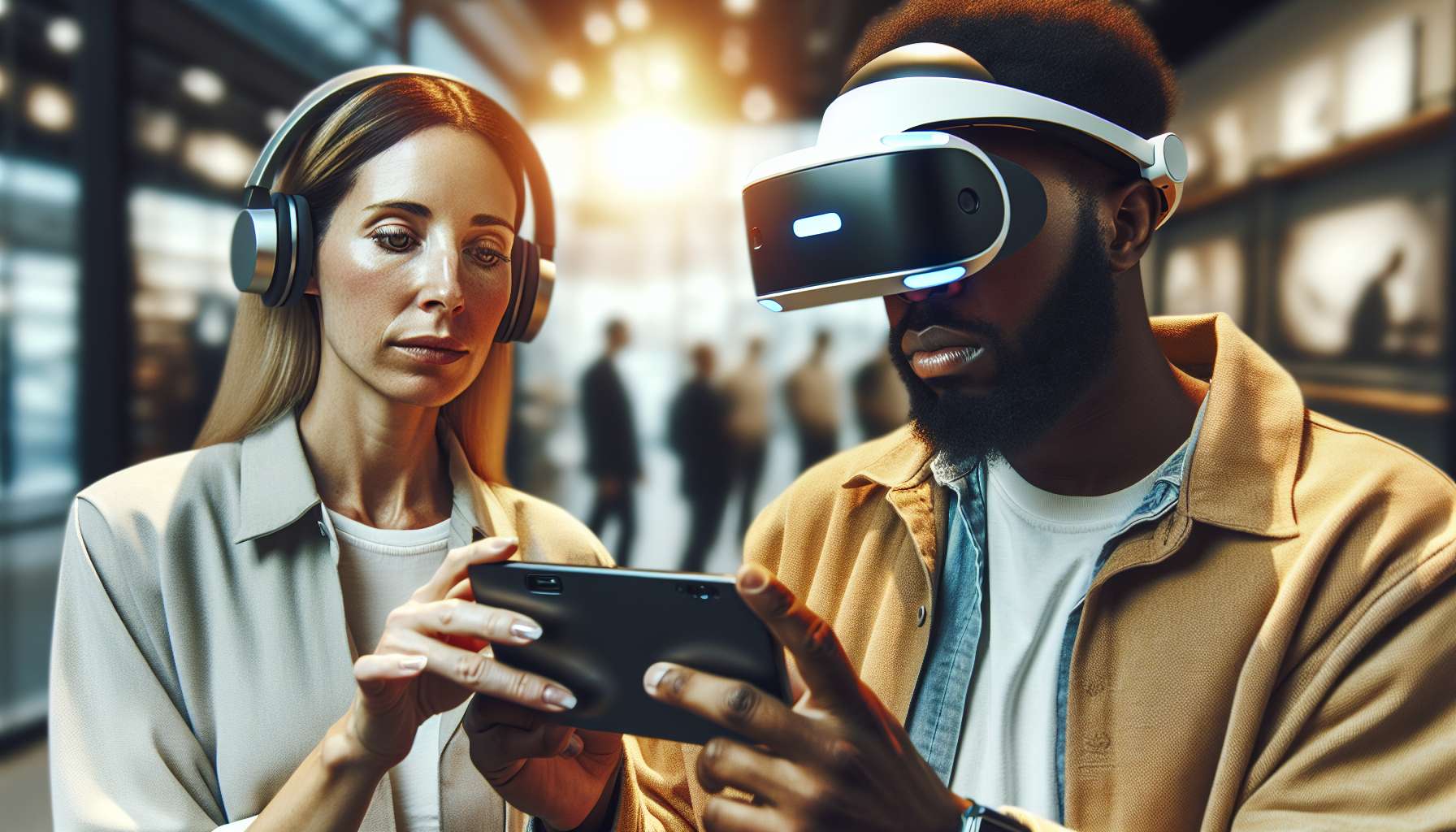Creating Unforgettable AR Retail Experiences: Best Practices
Augmented reality (AR) has revolutionized the way businesses engage with their customers, and the retail industry is no exception. By blending the physical and digital worlds, AR has the power to transform the shopping experience, making it more immersive, interactive, and memorable. In this article, we will explore the best practices for designing AR retail experiences that leave a lasting impression on your customers.
1. Understand Your Audience
Before diving into the design process, it is crucial to understand your target audience. Who are your customers? What are their preferences, needs, and pain points? Conducting thorough market research and customer analysis will provide valuable insights that can shape your AR experience. By aligning your design with your audience’s expectations, you can create a personalized and relevant experience that resonates with them.
2. Define Clear Objectives
Every successful AR retail experience starts with a clear set of objectives. What do you want to achieve with your AR campaign? Whether it’s increasing brand awareness, driving sales, or enhancing customer engagement, defining your goals will guide the design process and ensure that your AR experience aligns with your business objectives.
3. Keep it Simple and Intuitive
AR experiences should be user-friendly and easy to navigate. Avoid overwhelming your customers with complex interactions or confusing interfaces. Keep the design simple, intuitive, and aligned with familiar gestures and interactions. The goal is to provide a seamless and effortless experience that enhances the shopping journey rather than complicating it.
4. Focus on Contextual Relevance
Context is key when designing AR retail experiences. Consider the physical environment in which your customers will interact with your AR content. How can you make the experience relevant to their surroundings? For example, if you are designing an AR experience for a furniture store, allow customers to visualize how a piece of furniture would look in their own homes. By providing contextually relevant content, you can create a more meaningful and impactful experience.
5. Incorporate Social Sharing
AR experiences have the potential to go viral, generating buzz and attracting new customers. Incorporate social sharing features into your AR retail experience to encourage customers to share their experiences on social media platforms. This not only increases brand visibility but also creates a sense of excitement and curiosity among potential customers.
6. Test and Iterate
AR technology is constantly evolving, and so should your AR retail experiences. Before launching your AR campaign, conduct thorough testing to ensure that the experience works seamlessly across different devices and platforms. Collect feedback from users and iterate based on their suggestions. Continuous improvement is key to creating memorable AR retail experiences that keep customers coming back for more.
7. Measure and Analyze
Finally, don’t forget to measure and analyze the performance of your AR retail experiences. Track key metrics such as engagement rates, conversion rates, and customer feedback to understand the impact of your AR campaign. Use this data to refine your strategies and optimize future AR experiences.
In conclusion, designing memorable AR retail experiences requires a deep understanding of your audience, clear objectives, simplicity, contextual relevance, social sharing features, testing, and continuous improvement. By following these best practices, you can create AR retail experiences that captivate your customers, drive business growth, and set your brand apart from the competition.





